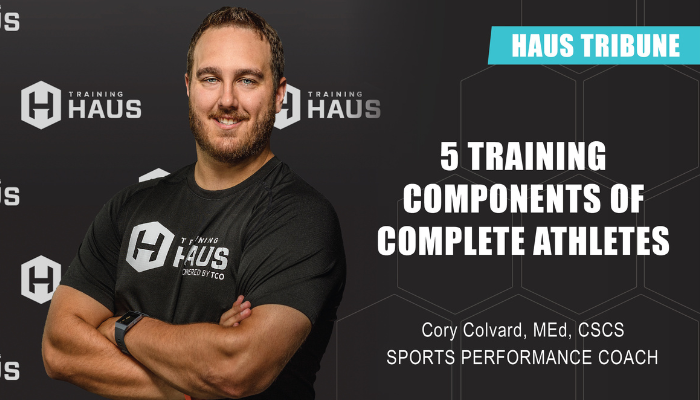
5 Training Components of Complete Athletes
When people think about how elite athletes train, they imagine a loud, sweaty weight room. While lifting weights is an important part of training, especially for young, developing athletes, this approach ignores the development of other physical characteristics needed to optimize performance. In order to become a complete athlete, here’s what your sports performance training program should look like:
1. Mobility
Mobility is more than just the flexibility of an athlete; it requires strength and coordination to safely and actively move through a wide range of motion. Improving mobility allows athletes to not only get into unique positions required by their sport, but safely get out of abnormal positions when forced by an opponent. Full body dynamic movements, like downward dog to seal stretch, challenge athletes to find new limits and move in a coordinated manner.
2. Speed/Agility/Quickness (SAQ)
We’ve all heard that speed kills, but the real game changer is the ability to create separation or close gaps fast. To do this, athletes need to be able to accelerate, react, and change direction quickly. While top speed matters, how fast an athlete can reach it, plus how fast they can decelerate out of it, matters more! To improve SAQ, focus on acceleration drills such as short sprints (10-20 yards) from various starting positions or change of direction drills like the short shuttle. For more tips on speed training, check out Speed & Agility Training: A Game-Changer For Athletes Of All Ages.
3. Jumps/Plyometrics
In its simplest form, jumping is rapidly producing force to separate from the ground. It can be the difference between getting the rebound in basketball, getting ahead at the start of a swim race, or making a diving catch in softball. Two ways to focus on this skill are jump training and plyometrics. They’re similar and often used interchangeably, but the best athletes utilize both in their sports performance. Seated box jumps are a good example of jump training, while plyometrics incorporates multiplanar hurdles and hops.
4. Power
Power is all about moving objects fast. Whether it’s your body, another person, or equipment like a puck or ball, power is a crucial component of sports. Building power comes in many different forms. It can be adding weight to a jump, medicine ball throws, sled pulls, and so much more. While easily intertwined into jump training or strength training, power deserves a focused approach to maximize athletic development.
5. Strength
A strong athlete is a resilient athlete. Strength is more than “lifting heavy” and is categorized as maximal strength, repeat strength, and strength endurance. Training methods have ranges: compound to isolated movements, high reps to low reps, and light to heavy weight. A proper strength program should adapt to the needs of the athlete and their sport. An added benefit of strength training is that it overflows into the other components of training!
Training as an athlete is much more than just lifting weights. Mobility, SAQ, jumps, power, and strength are all related and feed off each other to develop a complete athlete. Your chosen sport will dictate what extent each component is trained, when they are trained, and how often. Our highly qualified and experienced Sports Performance Coaches can help you determine a plan that can take your game to the next level based on your sport and needs.

